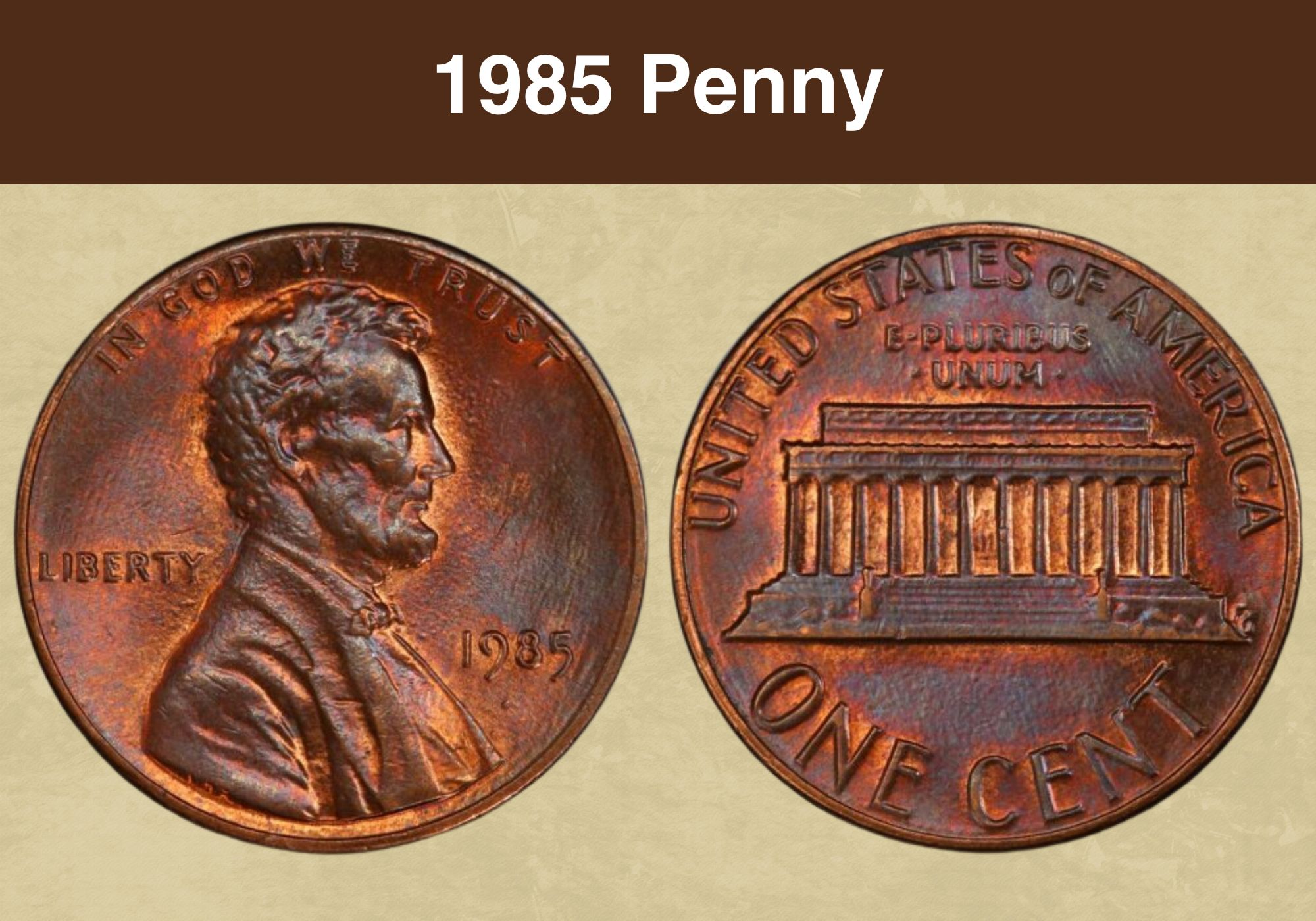
Coin Value Contents Table
If you’ve acquired a penny from 1985, you might want to find out more about it. What is its history? And could it be valuable?
We have answers to both these questions, and more! We’re going to investigate the 1985 penny value and find out about the different factors that influence it. We’ll learn about its design and composition. And we’ll check out some of the interesting error coins that are out there.
Ready to find out more about your 1985 penny? Then step this way!
| 1985 Penny Value Chart* | ||||
| Mint mark | XF45 | MS60 | MS65 | MS68 |
| 1985 No Mint Mark Penny Value | 1 cent | $1 | $10 | $185 |
| 1985 D Penny Value | 1 cent | $1 | $10 | $55 |
| PR60 | PR65 | PR68 | PR70 | |
| 1985 S Proof Penny Value | $1 | $4 | $7 | $200 |
*Values are for coins graded red
History of the 1985 Penny
The penny struck in 1985 is part of a long running series, known as Lincoln pennies. They take their name from the portrait of Abraham Lincoln that appears on the obverse.
The first coins to carry Lincoln’s image were minted way back in 1909. And that makes this the longest-running design in the history of US coins.
The Lincoln penny is notable for another reason too. It was the first time a US coin had ever carried the image of a real person. Until then, the idea had been associated with monarchy, and was considered unseemly for a republic like the USA.
But 1909 marked 100 years since Lincoln’s birth. A whole series of events were planned to celebrate the occasion. And there was strong public support for the idea of a commemorative coin.
While the design on the obverse may have stayed the same since 1909, the reverse design has been through a number of different versions.
The first Lincoln pennies bore the image of two ears of wheat. In 1959, the 150-year anniversary of Lincoln’s birth was marked with a new design. This showed the Lincoln Memorial in Washington DC. And that’s the image that was still being used in 1985.
The bicentenary, 2009, was marked with four different reverses. Each of them honored a different period in Lincoln’s life. They were produced for just one year, and in 2010 the reverse was changed again, to the design known as the Union shield. That’s still in use today.
The first Lincoln pennies were made of bronze, an alloy of copper tin and zinc. But over time, copper prices rose, making penny production increasingly uneconomical.
In 1982, the Mint changed the composition of the penny to zinc clad in copper. It was this same recipe that was in use in 1985, and it continues to be used to this day.
If you have a 1985 penny, you’ll notice the zinc core makes it lighter than one struck before 1982. And if you bounce them both off a wooden surface, they’ll make a different sound. The 1985 penny will have a plasticky tone, while the earlier coin will ping.
Also read: 12 Most Valuable Lincoln Penny Worth Money
Features of the 1985 Penny
The Obverse of the 1985 Penny
The heads side of a coin is known in numismatics as its “obverse”. And it’s the obverse of the 1985 penny, with its portrait of Abraham Lincoln, that gave rise to the nickname the “Lincoln penny”.
The image was the work of a Lithuanian artist by the name of Victor David Brenner. He’d been inducted into the art of decorative metalwork at a young age, having come from a family of metalworkers.
Brenner emigrated to the USA in 1890, but no-one knows for sure how he came to be commissioned to design the penny.
He had, however, previously sculpted a likeness of President Theodore Roosevelt for a medal. And since Roosevelt was closely involved in plans for the Lincoln penny, it’s possible the President had a hand in the selection process.
The portrait shows Lincoln in profile, facing to the right as the coin is viewed. The artist’s initials are tucked away at the bottom of his shoulder. Brenner wrote later that he had imagined the President as he would have looked when reading to a child, when he would be at his liveliest.
The familiar motto “IN GOD WE TRUST” arches above the portrait, while the word “LIBERTY” is to its left. The date is further down on the right, and the mint mark – if there is one – will appear just below it.
The Reverse of the 1985 Penny
The classical building shown on the reverse of the 1985 penny is the Lincoln Memorial. Look closely at the center of the portico, and you’ll see Lincoln’s statue. This makes it one of the few US coins to have an image of the same person on both sides.
The design was included on Lincoln pennies from 1959 to 2009. It was the work of Frank Gasparro, the Mint’s Chief Engraver, and his monogram is inscribed on the right of the building. Look for it just next to the lower steps.
The country name, “UNITED STATES OF AMERICA” appears above the Memorial, running parallel to the upper coin edge. The Latin phrase “E PLURIBUS UNUM” – meaning “From the many, one” – is inscribed just below.
The largest lettering is reserved for the denomination, written as “ONE CENT”. This appears at the bottom of the coin, running parallel to the lower edge.
Other Features of the 1985 Penny
The penny struck in 1985 was made of zinc with a copper cladding. Copper changes color as it’s handled or exposed to the air. That means there’s considerable variation in the color of individual 1985 pennies. And it also influences how much they’re worth.
Copper coins fit into one of three color categories: red, red and brown, or brown. All other things being equal, red coins are the most collectable and brown the least.
To be classed as red, a coin must be that color over at least 95 per cent of its total surface area. If it’s more than 5 per cent but less than 95 per cent red, it counts as red and brown. And if it’s brown over at least 95 per cent of the area, it’s a brown coin.
You can find out more about how to grade the color of Lincoln pennies in this YouTube video from Len Here.
Also read: 13 Most Valuable Wheat Penny Worth Money
1985 Penny Grading
| # | Grade |
|---|---|
| 1 | Basal State-1 |
| 2 | Fair |
| 3 | Very Fair |
| 4, 5, 6 | Good |
| 7, 8, 10 | Very Good |
| 12, 15 | Fine |
| 20, 30 | Very Fine |
| 40 | Extremely Fine |
| 50 | About Uncirculated |
| 60 | Mint State |
| 65 | Mint State |
| 70 | Mint State |
Please check our grading guides to know your coin scale, It’s the necessary step to know the exact value of your coin.
Check out now: How to Grade Lincoln Wheat Penny?
1985 Penny Value Guides
1985 No Mint Mark Penny Value
Pennies were struck in very large quantities throughout the 1980s. 1985 saw over 5.6 billion pennies produced at the Mint facility in Philadelphia.
To check if that’s where your coin was struck, look at the date. If there’s a “D” or an “S” below it, the coin was produced in Denver or San Francisco respectively. But if there’s no letter, it’s a Philadelphia penny.
Even with natural wastage over the years, the high mintage means it’s still easy to find a 1985 Philly penny. And neither red and brown nor brown coins will be worth more than their face value unless they have an interesting Mint error.
Even red coins can be acquired for modest sums. But the better the condition, the more valuable they will be.
Coin condition is graded from 1 to 70, with 1 being used for the poorest condition and 70 for a flawless coin. Grades 60 and above are used for “mint state” coins – those that have never been circulated. And 65 and above indicates a coin of “gem” quality.
A red 1985 Philadelphia penny is worth only about a dollar. That rises to $10 for a gem graded MS65.
There’s a big jump in value between MS67 ($35) and MS68 ($185). And anything of a higher quality is both rare and valuable.
The independent coin graders, the PCGS, have certified twelve coins at MS68+. They value those at $3,750 apiece. And the finest known example is a sole coin graded MS69 and valued at the princely sum of $15,500.
1985 D Penny Value
The Denver Mint facility was similarly prolific in its production of pennies. 1985 saw more than 5.2 billion leave the coin presses there.
At most grades, values are similar to the Philadelphia mintage. Brown and red and brown pennies are generally worth no more than a cent. And even red coins in mint condition start at around a dollar.
At MS65, a red 1985 Denver penny is worth around $10, and that rises to $55 at MS68. The finest coins to have been certified by the PCGS are MS69. But more of those have come to light than Philadelphia examples – eleven have been certified to date.
As a result, the price for one of these best-in-class coins is a more modest $2,500.
1985 S Proof Penny Value
1985 saw just over 3 million pennies produced with the “S” mint mark. But unlike the Philadelphia and Denver coins, these were never intended for circulation. They were proofs, produced using special dies and planchets, and aimed at collectors.
But because they were always seen as collectors’ items, they were generally stored away carefully. And that means it’s easy to find them today, even in top condition.
Proofs, by their nature, are generally not found in grades below PR60. A 1985 S penny at that grade is valued by the PCGS at just a dollar. And that value stays flat all the way to PR62+.
A gem PR65 example is worth just $4. And even a near-flawless PR69 is worth only around $14.
You’ll need to pay a fair bit more for perfection, though. At PR70, the value rises to $200. That’s still good value for a best-in-class coin.
Also read: 17 Most Valuable Indian Head Penny Worth Money
Rare 1985 Penny Errors List
1985 (P) No Mint Mark Penny, Large Cud Die Break
Dies have to do a lot of hard work pressing designs onto millions of planchets. Sometimes, part of the die breaks off, leaving a blank area on the resulting coin.
That happened to one of the pennies struck in 1985 in Philadelphia. The break had affected the reverse die, removing the word “CENT” and the bottom right corner of the Lincoln Memorial. It had also resulted in a flattened area on the obverse, over Lincoln’s forehead.
It was certified by the PCGS and graded MS64 red and brown. And when it was presented at auction, it sold for $455.
1985 (P) No Mint Mark Penny, Partial Plating
From 1982 onwards, pennies were made with a zinc core clad in copper. But that cladding process didn’t always work perfectly. That gives rise to another category of error coins: those with partial plating.
With these coins, you can see part of the zinc core, alongside other parts with copper cladding. The two-tone coloration is unusual and attractive – and collectible.
A 1985 Philadelphia penny with partial plating had the grey zinc visible over Lincoln’s head and lapel. The rest of the obverse was clad in copper. On the reverse, the error was less dramatic: a line of grey zinc cut a diagonal through the Lincoln memorial.
The coin was graded MS64 red and brown by the PCGS. And it sold at auction for $550.
This YouTube video from Couch Collectibles features a range of errors amongst 1985 coins, including Lincoln pennies.
Also read: 11 Most Valuable Wheat Penny Errors
Where to Sell Your 1985 penny ?
Now that you know the value of your coins, do you know where to sell those coins online easily? Don’t worry, I’ve compiled a list of these sites, including their introduction, pros, and cons.
Check out now: Best Places To Sell Coins Online (Pros & Cons)
FAQs
What makes a 1985-D penny rare?
1985 D pennies were produced in large numbers, and millions survive to this day. To be rare, a coin needs to be in exceptional condition – red in color, and with virtually no scratches or nicks.
Alternatively, a Mint error can make a 1985 D penny rare. Coins with partial plating or die breaks will carry a premium. The rarer and more dramatic the error, the more the coin will be worth.
What is a 1985 penny worth?
The vast majority of 1985 pennies are worth only their face value. Red pennies in uncirculated condition are generally worth a few dollars. But the very finest can be worth hundreds or even thousands.
And while condition is the most important factor in a coin’s value, a Mint error will add a premium.
Some types of errors, though – like lamination errors or die breaks – can be difficult to distinguish from later damage. So look for coins that have been authenticated by a reputable coin grading agency before you part with your money.

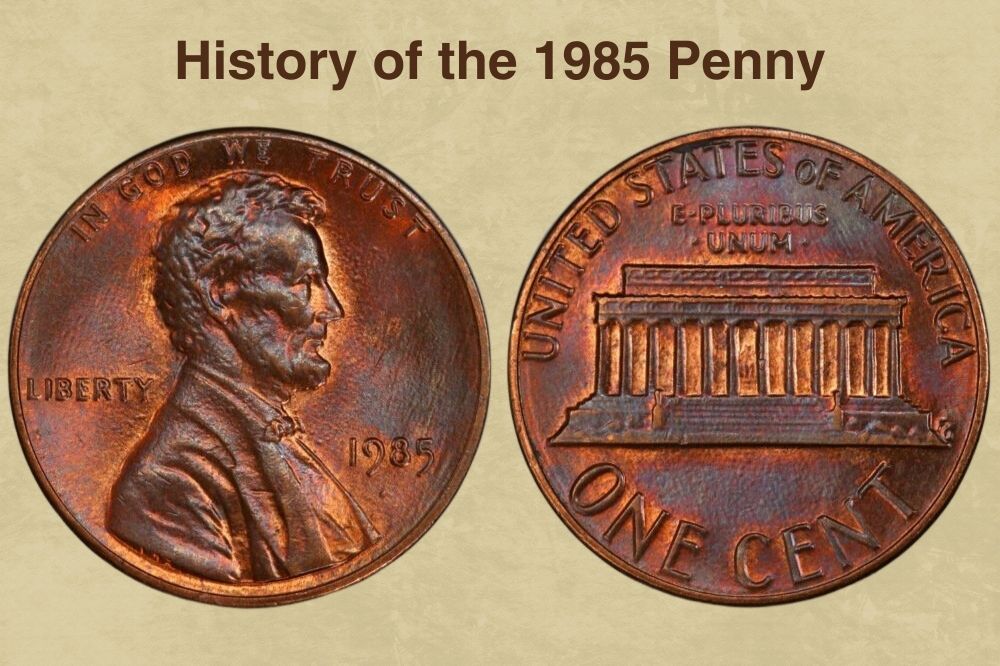
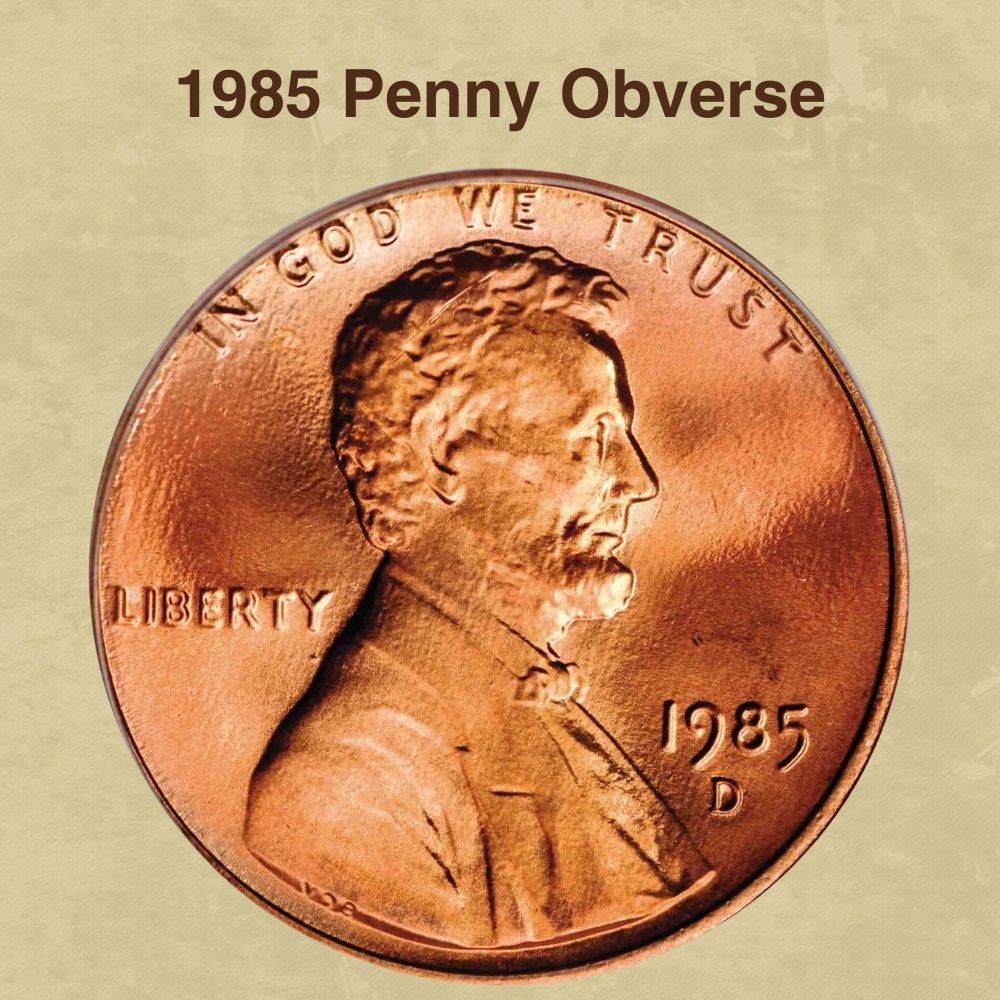
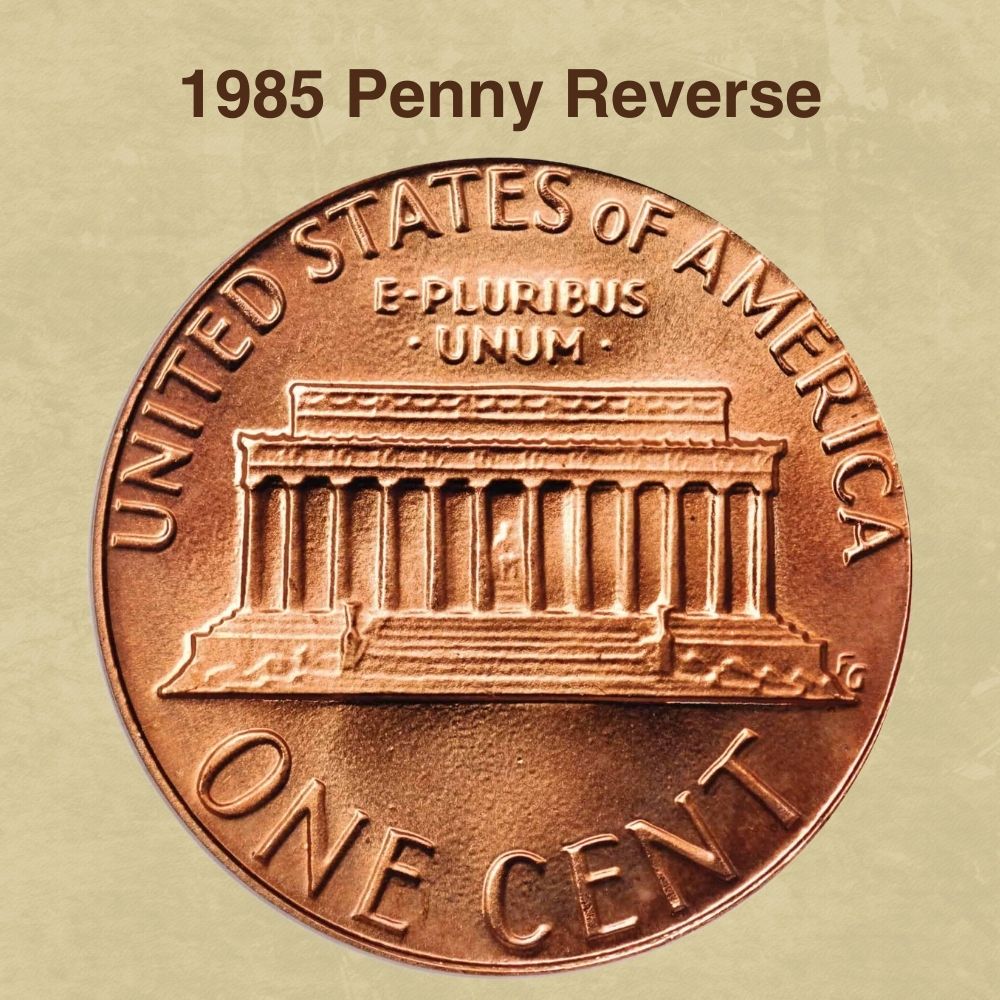
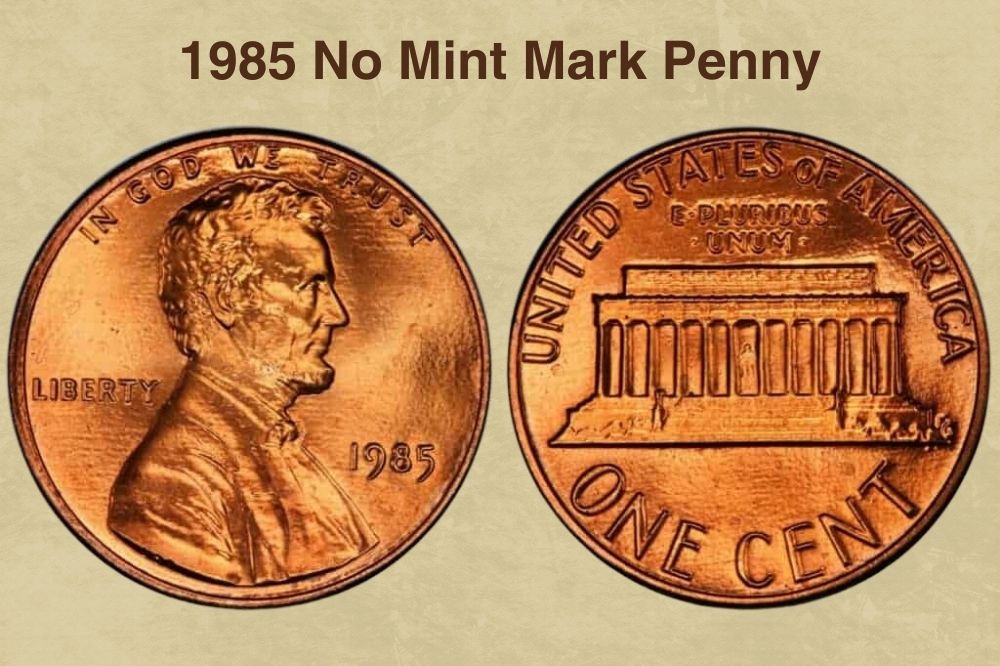
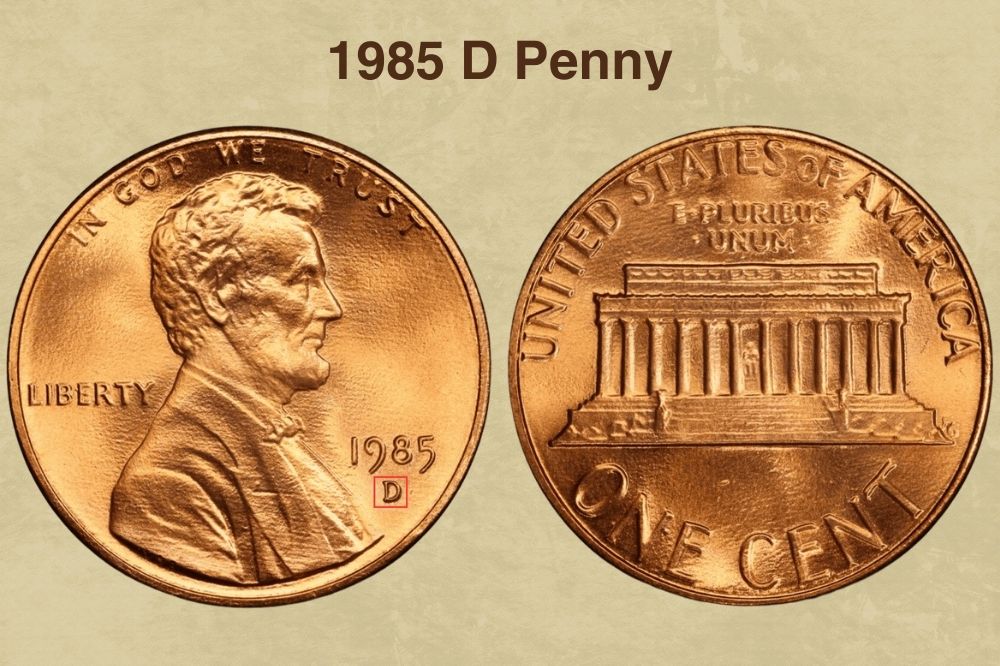
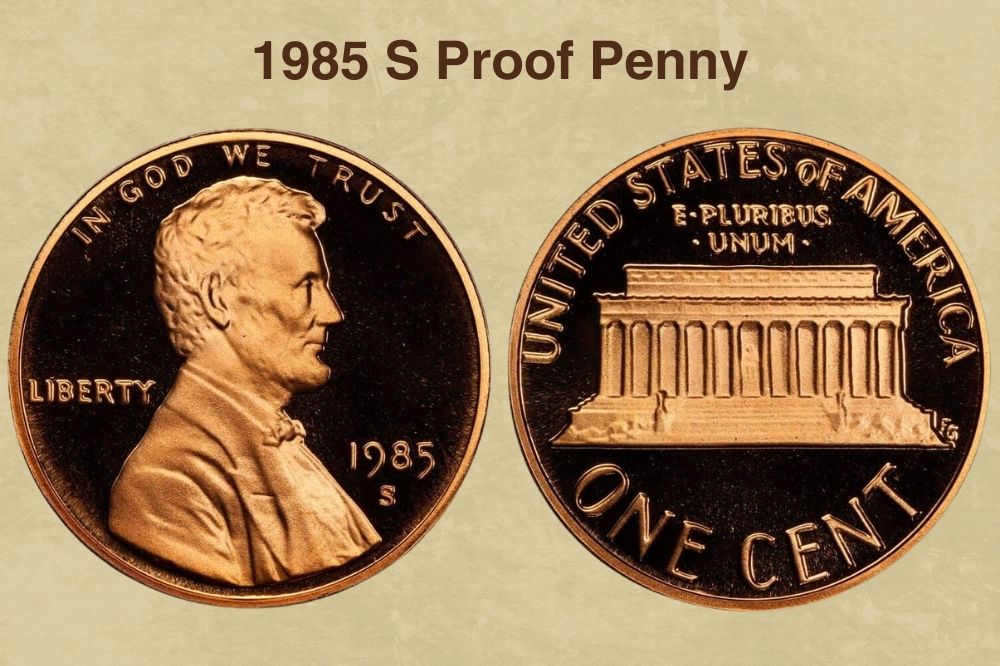
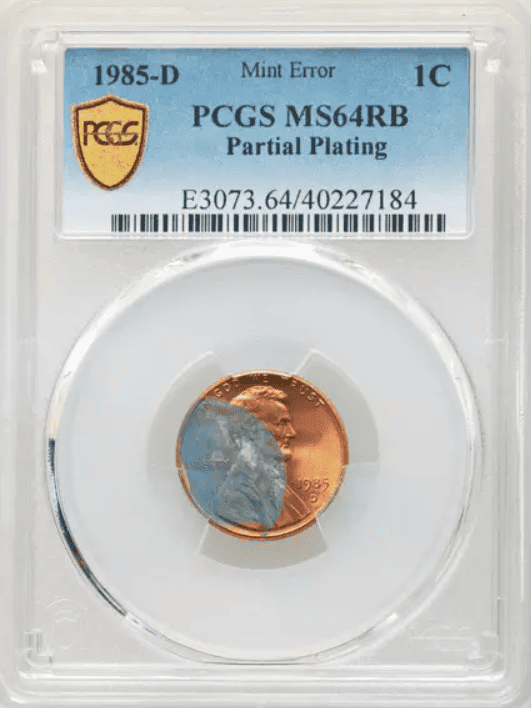
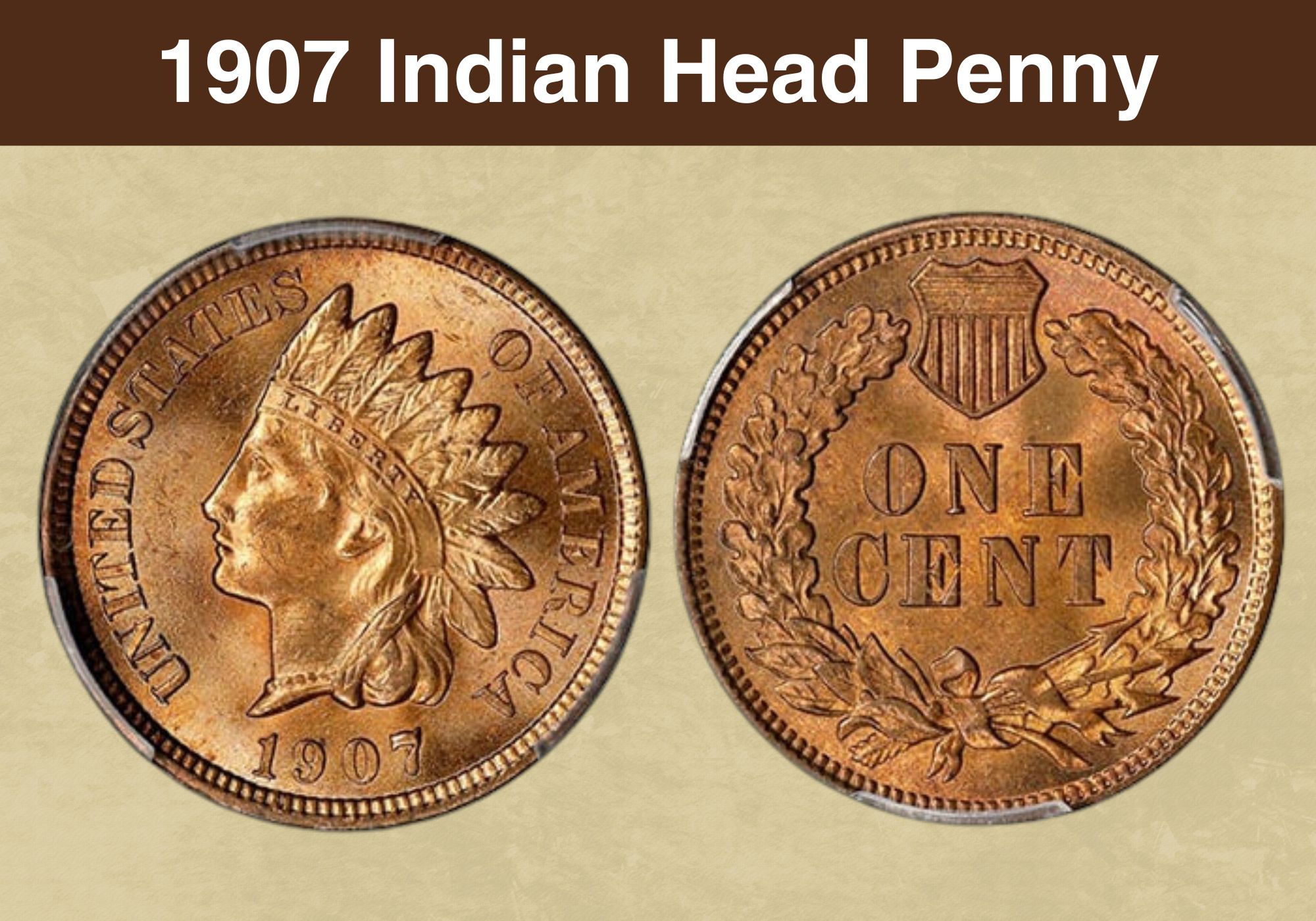
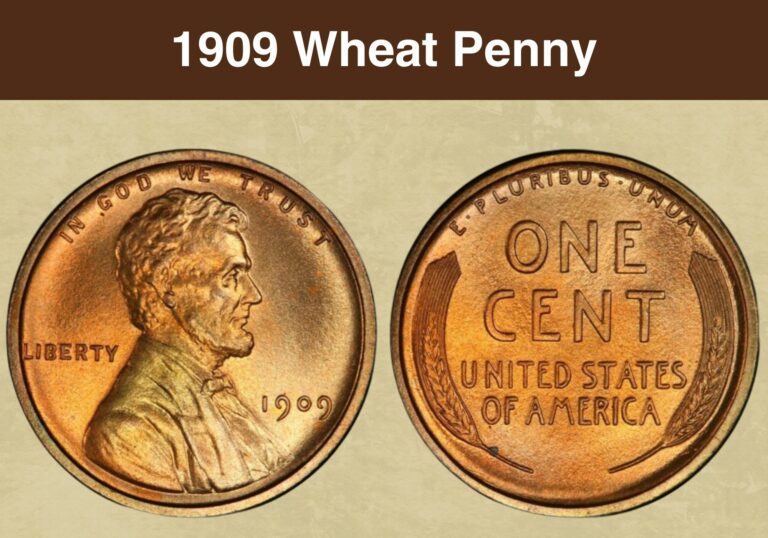
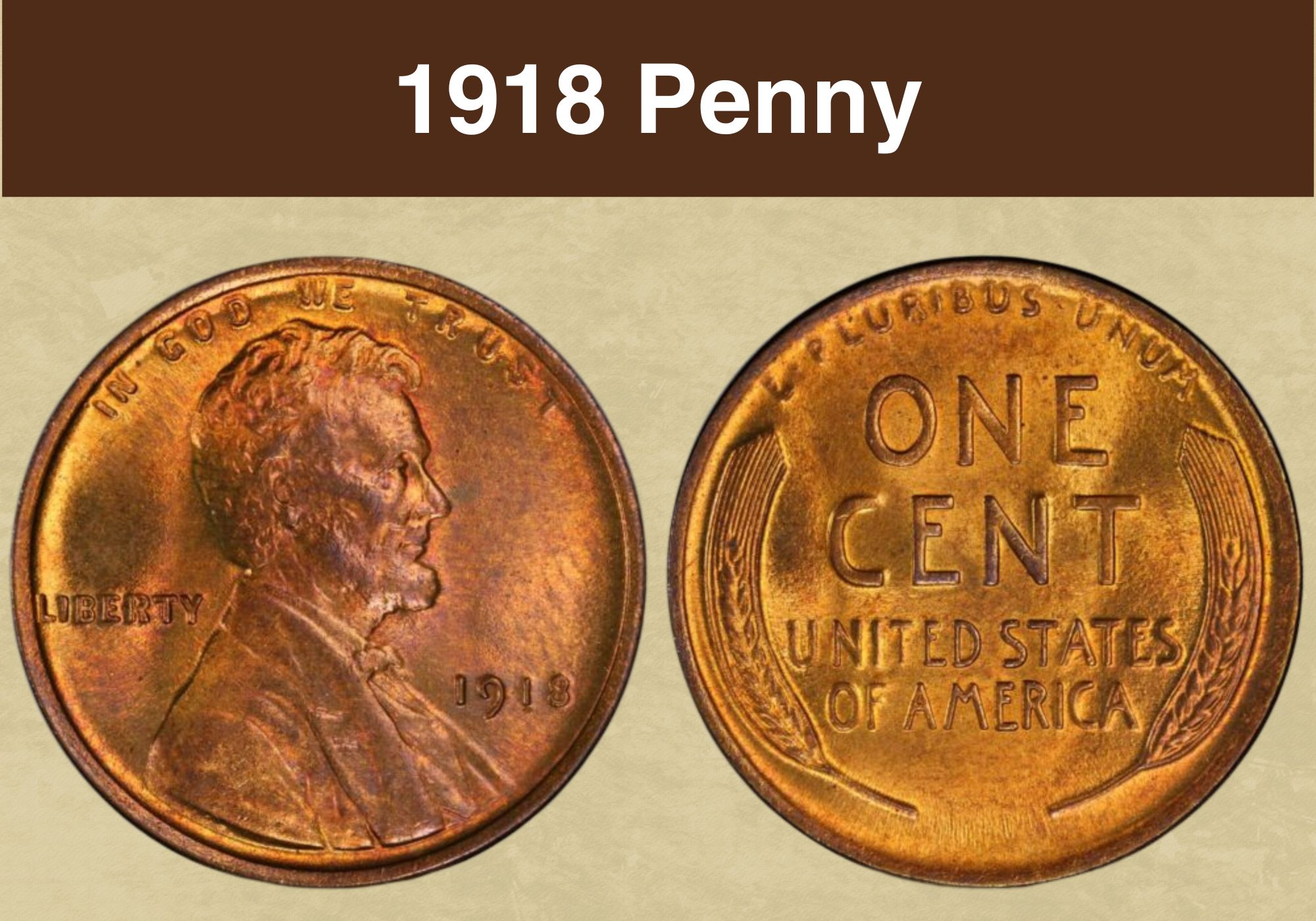
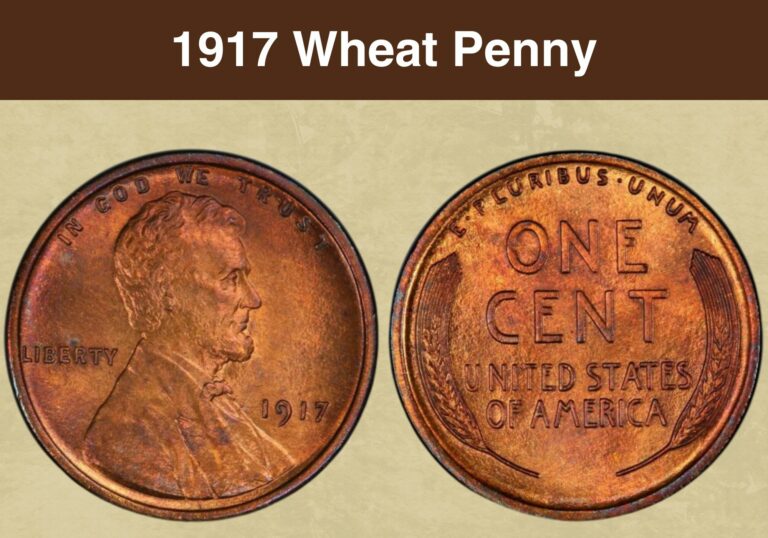
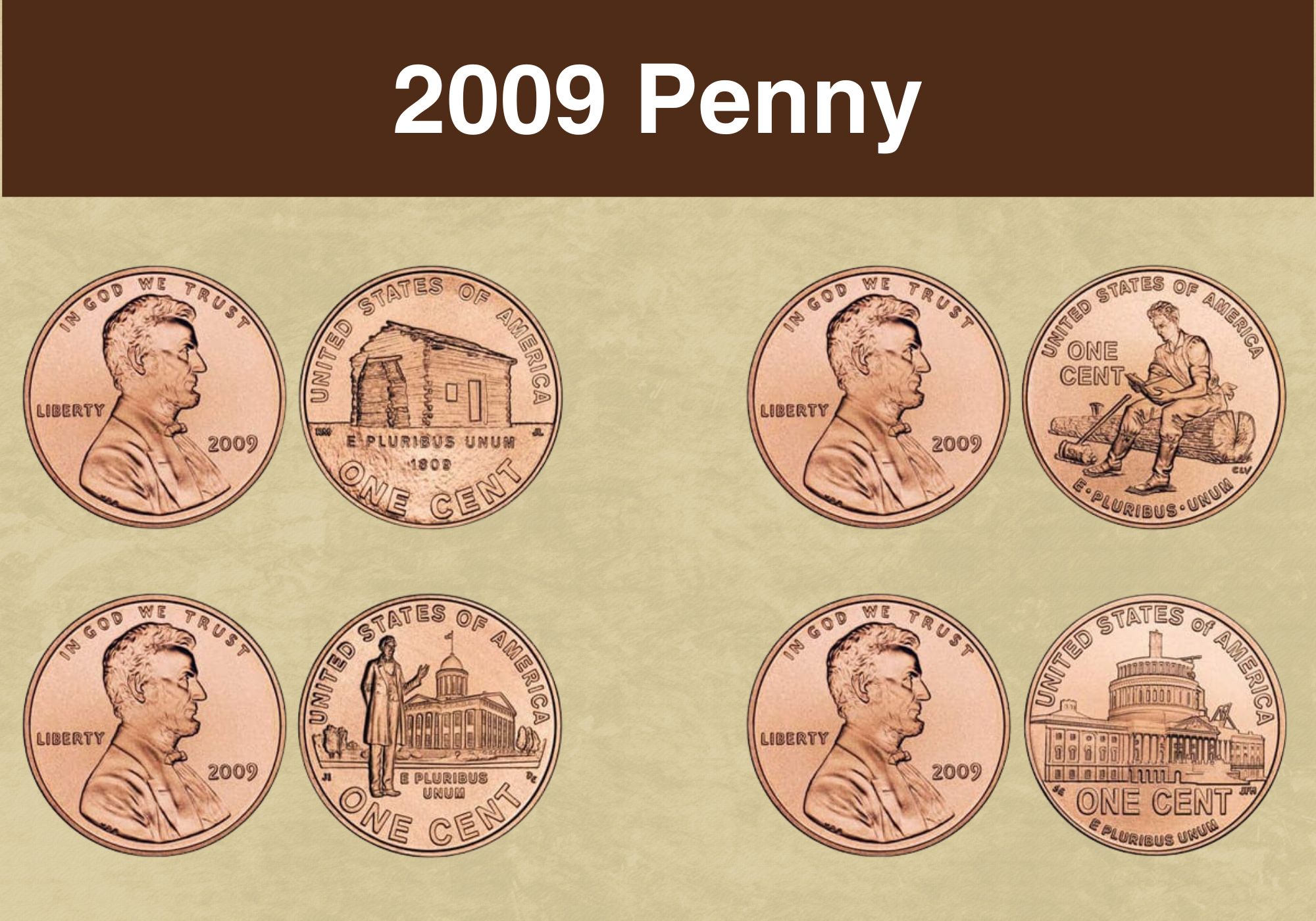
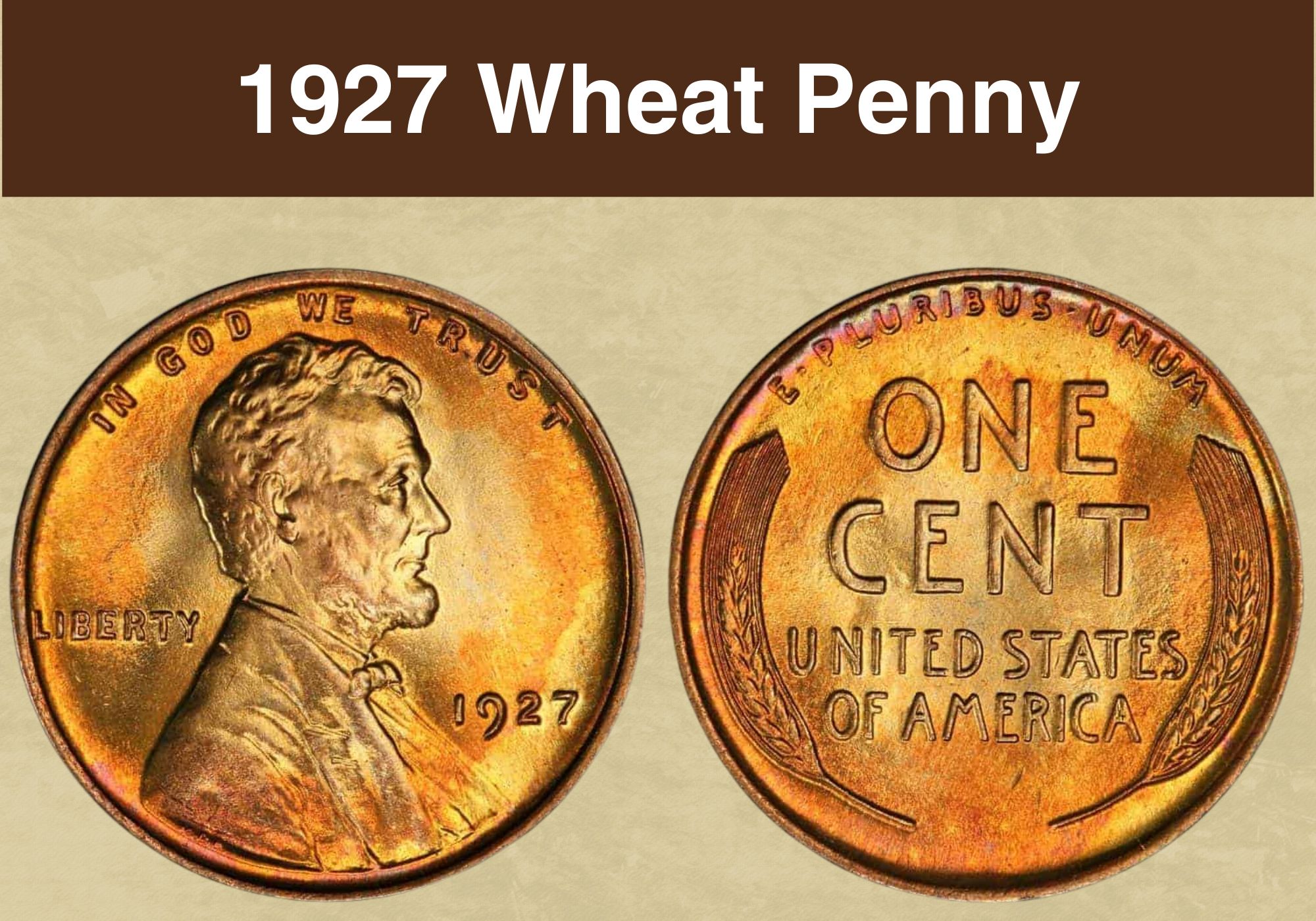
Appreciate the sharing of your knowledge, very impressive. I have e few coins if question perhaps sometime.they’re the 50’s,60’s and an 83 copper.